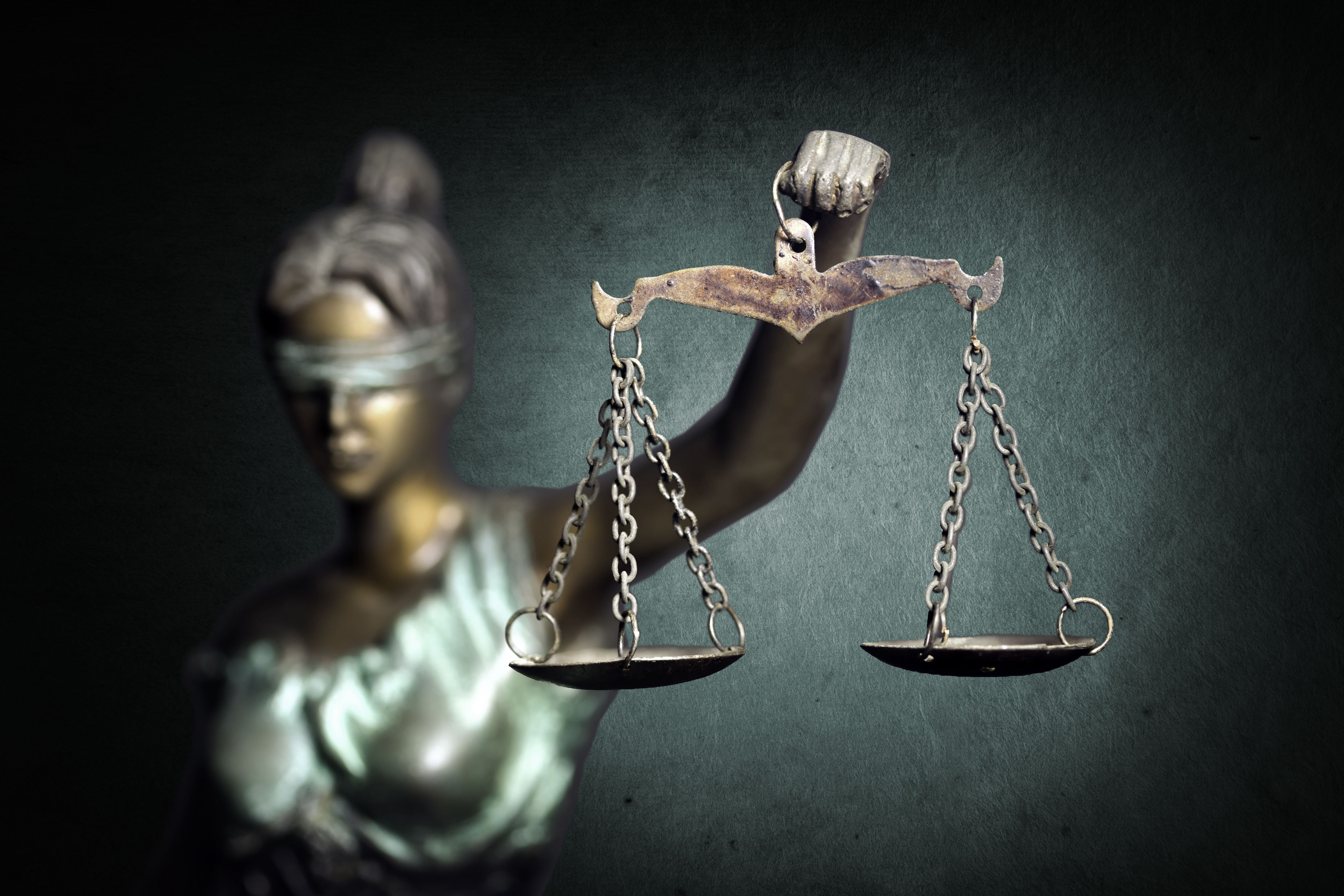
For many survivors of childhood sexual abuse coming forward about what they’ve endured is difficult. Oftentimes, by the time a survivor has decided to seek justice, their time limit has expired due to the statute of limitations in their state. In California, lawmakers are hoping that California Assembly Bill 218 (AB 218) can expand the scope of child sexual abuse litigation.
In this article, we discuss the current statute of limitations for childhood sexual abuse, the historical context behind bills similar to AB 218, and how sexual abuse survivors can seek justice against their abusers and any enabling third party.
What is the Purpose of California Assembly Bill 218?
Under previous legislation in California, childhood sexual abuse survivors had eight years after the age of majority to file a civil lawsuit for child sexual abuse or within three years of the date of discovering that the psychological injury or illness occurring after the age of majority was caused by sexual abuse.
AB 218 amends the law regarding the statute of limitations for child sexual abuse by:
- expanding the definition of childhood sexual abuse, which would instead be referred to as “childhood sexual assault”
- increasing the time limit for initiating an action to recover damages suffered as a result of childhood sexual assault from age 26 to age 40
- extending the deadline to file a civil lawsuit—from three to five years—for those who’ve recently discovered that the psychological injury or illness occurring in adulthood was caused by the sexual assault they endured as a child
- allowing courts to compel the defendant to pay up to three times the amount of actual damages to a plaintiff if an attempted cover-up was involved
- providing a three-year lookback window for previously expired claims
“The idea that someone who is assaulted as a child can actually run out of time to report that abuse is outrageous,” said the bill’s sponsor, Assemblywoman Lorena Gonzalez. “We shouldn’t be telling victims their time is up—when, in reality, we need them to come forward to protect the community from future abuse.”
History of Bills Similar to AB 218
If the points addressed in AB 218 sound familiar, it’s because there have been similar bills before:
- AB 3120 (2018): Sponsored by Lorena Gonzalez, this bill passed by the Assembly and Senate would have expanded the definition of child sexual abuse to include child sexual assault, increased civil recovery filing deadlines to age 40 or five years from the time of discovery, allowed plaintiffs to recover up to three times the damages from institutions that attempted to cover up the abuse, and removed the six-month limitations for suing a government (public) entity, allowing survivors to commence action at any time. Governor Jerry Brown vetoed the measure on September 30, 2019.
- SB 924 (2014): Authored by Senator Jim Beall, SB 924 sought to reform both criminal and civil statute of limitations, increasing the age of filing from age 28 to age 40. Governor Brown vetoed SB 924 “as a matter of fundamental fairness,” and said he “did not see evidence of a compelling reason to lengthen the statute of limitations for civil claims against third parties.”
- SB 131 (2013): SB 131 would lift the statute of limitations for sexual abuse victims affected after January 1, 2014. Victims age 48 or older as of January 1, 2014 would have a one-year lookback window to file for damages. Victims age 26 would have until age 48 (or five years from the date of discovery) to file their civil complaints. Governor Jerry Brown vetoed the bill in October 2013, stating that the bill would only open private institutions to lawsuits while leaving public institutions (like schools) free from risk.
- SB 640 (2008): Proposed by Senator Joe Simitian and signed by Governor Schwarzenegger, this bill attempted to remedy the disparity between suing public and private entities for childhood sexual abuse by allowing victims to sue public institutions until age 48 or five years from the date of discovery. However, there would be no revival period for expired claims. Despite the bill’s passage, some school districts continue to mandate a six-month filing procedure in their formal codes.
- SB 1779 (2002): In the passage of SB 1779, third-party defendants could be sued within three years of an adult plaintiff’s “discovery of harm.” This was an increase from the maximum age of 26 that existed prior. SB 1779 also allowed a one-year lookback window for reviving claims that had previously lapsed due to the statute of limitations.
Keep in mind all these bills pertain to civil law and the right to pursue compensation for child sex abuse. On the criminal front, California abolished the previous 10-year statute of limitations for pursuing jail time for offenders with SB 813 in September 2016. However, the provisions of the law were not retroactive and simply apply to any sexual abuse taking place after the bill’s passage.
Why Was the Last Child Sexual Abuse Bill Vetoed?
The governor cited several reasons for vetoing AB 3120 last year:
- Fairness: In citing his veto of SB 131, Brown stated that the use of statutes of limitations in the name of “fairness” dates back to Roman Law and the Limitations Act of 1623 in English law. “There comes a time when an individual or organization should be secure in the reasonable expectation that past acts are indeed in the past and not subject to further lawsuits,” he wrote. “With the passage of time, evidence may be lost or disposed of, memories fade and witnesses move away or die.”
- Redundancy: California law has already addressed this issue and amended the law with SB 1779, allowing up to age 26 or within three years of the discovery of harm for adult survivors to sue—not only the individuals responsible, but also “entities who knew or should have known of the sexual abuse and failed to take action.” SB 1779 took the “very unusual step” of providing a retroactive window for the revival of previously time-barred cases.
- Past Mistakes: Governor Brown acknowledges that, in the past, the California Supreme Court has interpreted the law differently than legislators intended. In 2007, government and public institutions were shielded from the one year of revived lapsed claims, which created disparity and unfairness in the law. A year later, the legislature attempted to address the unfair distinction, but SB 640 “did not restore equity between these two sets of victims.” Brown added, “I can’t believe the legislature decided that victims of abuse by a public entity are somehow less deserving than those who suffered abuse by a private entity. The children assaulted by Jerry Sandusky at Penn State or the teachers at Miramonte Elementary School in Los Angeles are no less worthy because of the nature of the institution they attended.”
Ultimately, the most recent bill (AB 3120) was broader than SB 131 but failed to fully address the inequity between state defendants and private defendants.
What You Can Do to Seek Justice for Childhood Sexual Assault
If you are an adult victim or the parent of a victimized child, the aftermath of childhood sexual assault may take you through the full gamut of emotions—but you don’t have to go through it alone. An experienced legal representative can act as your advocate, providing counsel and empowering control over the course of the proceedings.
If you have any questions about California Assembly Bill 218 or about your legal options for pursuing justice in a childhood sexual assault case, contact the experienced San Francisco attorneys at Lewis & Llewellyn.
DISCLAIMER: The information in this blog is provided for general informational purposes only, and may not reflect the current law in your jurisdiction. No information contained in this blog or on this website should be construed as legal advice from Lewis & Llewellyn LLP. Neither your receipt of information from this website, nor your use of this website to contact Lewis & Llewellyn LLP creates an attorney-client relationship between you and the firm or any of its lawyers. No reader of this website should act or refrain from acting on the basis of any information included in, or accessible through, this website without seeking the appropriate legal advice on the particular facts and circumstances at issue from a lawyer licensed in the recipient’s jurisdiction.


